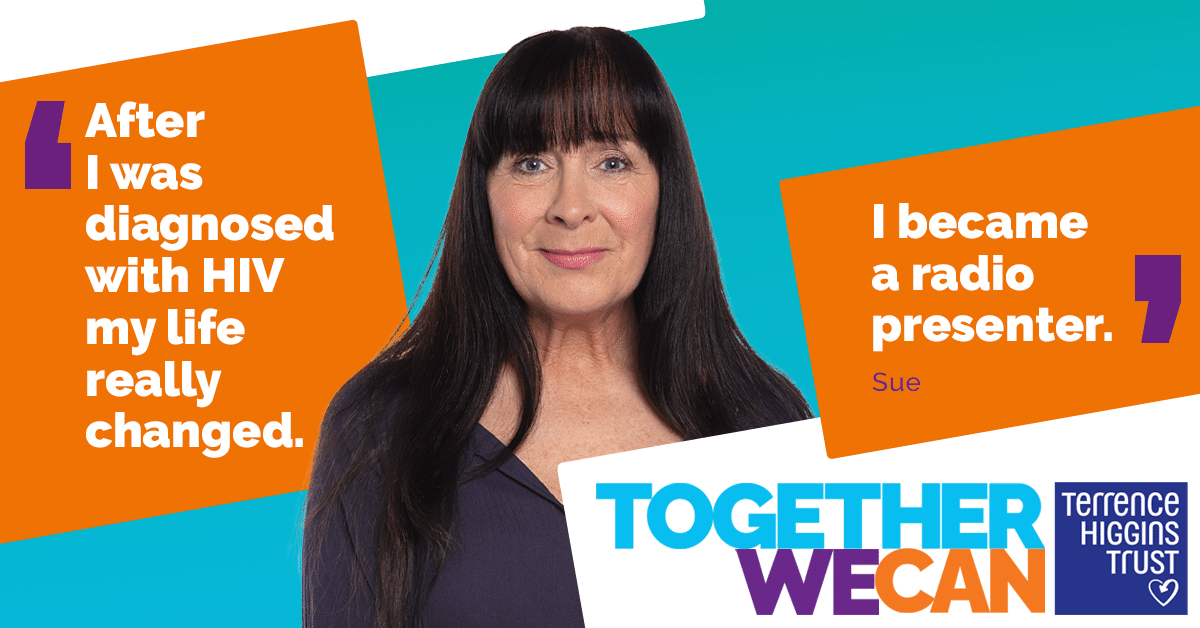More straight Brits being diagnosed with HIV than queer men
The number of straight people being diagnosed with HIV is higher than that of gay and bisexual men for the first time in a decade, new figures show.
Statistics released by the UK Health Security Agency show that straight people made up almost half (49 per cent) of all new HIV diagnoses in England in 2020. Gay and bisexual men accounted for 45 per cent of new diagnoses.
Experts are warning that the true number of straight people contracting HIV is likely even higher. Due to the coronavirus pandemic, there was a 33 per cent drop in heterosexuals being tested for the virus in sexual health services in 2020. That’s compared to a seven per cent drop in HIV testing for gay and bisexual men.
When population size is taken into account, gay and bisexual men are still more likely to contract HIV than their straight counterparts – but health outcomes are not the same across the board. Straight people with HIV are significantly more likely to be diagnosed late, meaning they’re more likely to pass it on through sex.
New figures released by the UK Health Security Agency show that 51 per cent of women, 55 per cent of heterosexual men and 66 per cent of those aged over 65 were diagnosed at a late stage in 2020. By comparison, just 29 per cent of gay and bisexual men were diagnosed late.
‘Massive misconceptions’ about HIV almost stopped Sue Hunter from getting tested
Sue Hunter is one of the many straight women who are living with HIV in the UK today. She was diagnosed 15 years ago after she entered into a new relationship following a divorce. Looking back, she says she almost didn’t get tested because she had “massive misconceptions” about HIV.
“I’d come out of a marriage, I started again, I was only 45 and I met a new partner. We had a lovely relationship for about a year but I decided I wanted to go my own way after the divorce and all that, so we separated but we stayed friends,” Sue tells PinkNews.
Shortly after they separated, Sue’s former partner started developing persistent chest infections. He eventually ended up being hospitalised for pneumonia, which led to him testing positive for HIV.
“Once he mentioned those three letters, I was like: ‘Why is he talking to me about something like that?’” Sue says. She had always thought that, as a straight woman, she wasn’t at risk of contracting HIV.
“He walked out the door and one of the last things he said to me was: ‘Please go for a HIV test.’ Obviously I did and I got my result, and it was positive.
“The first thing I thought was: ‘HIV doesn’t happen to women for a start, and certainly not to heterosexual women.’ I contacted the Terrence Higgins Trustand started to inform myself, and I learned that it does happen to women and it does happen to heterosexuals.”
In the months afterwards, Sue descended into shame and stigma over her diagnosis. Eventually, she came to realise that she had just been “unlucky”.
“I didn’t use protection because I thought: ‘Well I’m going through menopause and STIs happen to young people.’ Again, it’s those misconceptions.”
Sue’s family were shocked when she told them about her diagnosis – like many others, they wrongly assumed it was a virus that only affected gay and bisexual men. The stigma resulted in her keeping her status a secret from her daughter for years.
If you look at the statistics, a third of people living with HIV in the UK are women, and 52 per cent of people with the virus worldwide are women.
“I’ve had relationships since and some people have walked away from me. I remember a guy said to me once when I told him I was positive after a couple of dates: ‘I value my life too much to have a relationship with you.’”
Sue is urging other straight people who are sexually active to get tested for HIV – she says she had “no signs or symptoms” that she had contracted the virus before she got her diagnosis.

There’s been a ‘steep decline’ in HIV transmission among gay and bisexual men
It’s really important to note that the vast majority of tests will come back negative.